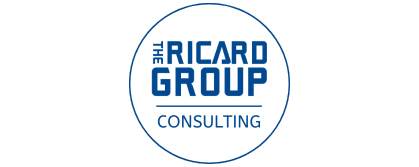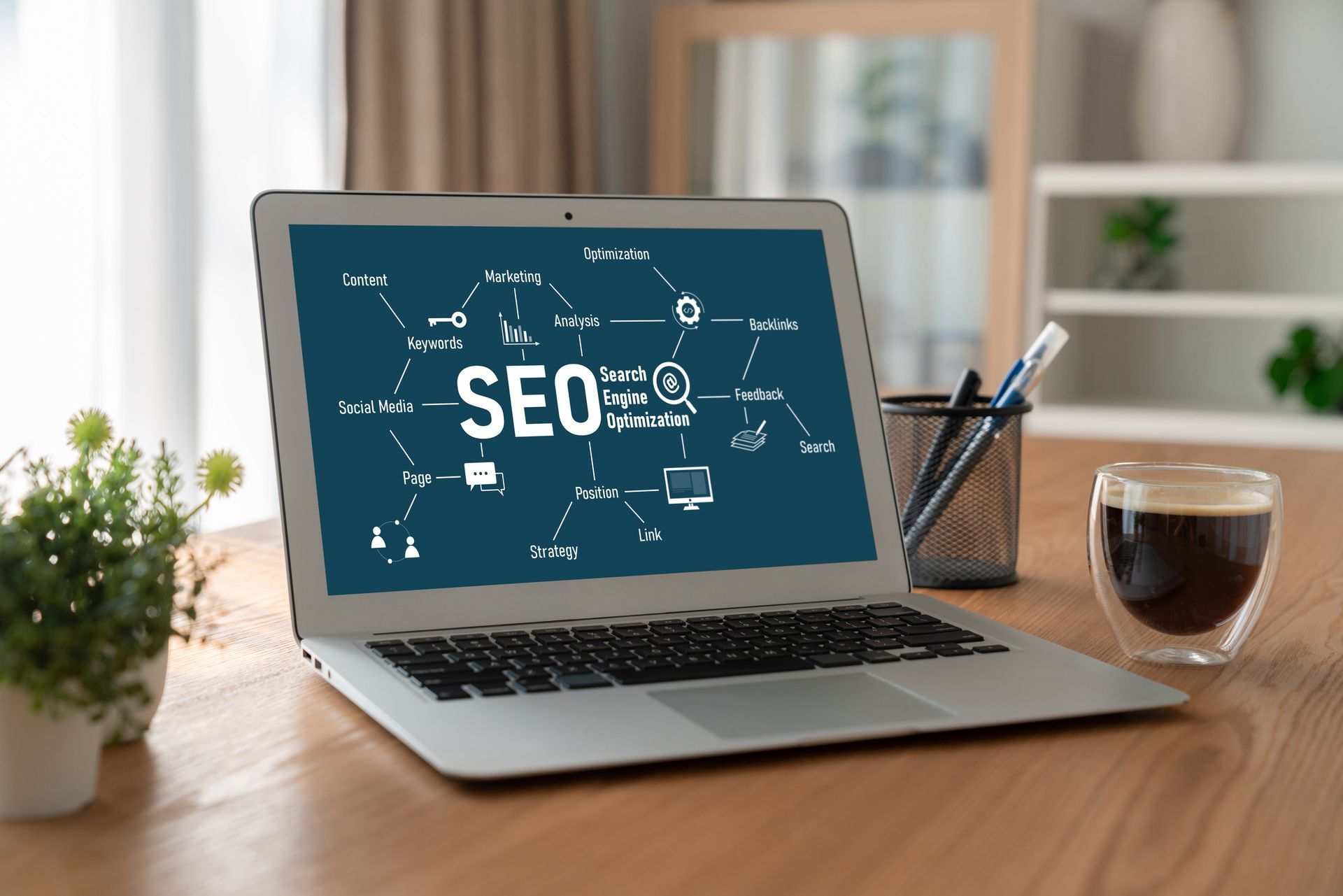The Ricard Group Consulting Firm
Website Design for Higher Conversions – A Quick How-To Guide
Creating a website that converts visitors into customers doesn’t have to be complicated. Every element on your site should work together to guide people toward taking action.
A good design makes navigation easy, builds trust, and keeps attention focused. Small changes like improving page speed or using clear call-to-action buttons can make a big difference.
Whether you’re selling products or signing up new users, the right layout and design choices matter. This guide will walk you through simple steps to create a website that not only looks great but also works hard to achieve your goals.
Why Website Design Matters for Small Businesses
Your website often creates the first impression of your business. According to research, it takes visitors less than a second to form an opinion about your website—and, by extension, your brand.
Poor design can result in higher bounce rates, while a well-designed website encourages visitors to stay, browse, and ultimately make a purchase.
For small businesses with limited budgets and resources, a high-converting website is a cost-efficient way to increase sales and grow your customer base.
Good website design isn't just about aesthetics; it's also about strategy. It’s about guiding your visitors toward taking action.
Understanding the Basics of Good Website Design
Before we jump into fixing what’s wrong with your current website, it’s important to lay the foundation. Here are the hallmarks of effective website design:
Simple, Intuitive Navigation
Your visitors should be able to find what they’re looking for in seconds. A cluttered menu or confusing layout can frustrate users, leading them to leave your site.
Keep your navigation bar streamlined with clear categories, and always include a search bar for convenience.
Mobile Responsiveness
More than 50% of web traffic comes from mobile devices. If your site isn’t mobile-friendly, you’re instantly losing a significant portion of potential customers.
A responsive website adjusts seamlessly to different screen sizes, ensuring a smooth browsing experience on desktops, tablets, and smartphones.
High-Quality Visuals
Humans are visual creatures, and good imagery can make or break your website. Use high-resolution photos and videos to showcase your products or services.
Avoid stock imagery that feels generic or overly staged—it’s worth investing in custom photos that reflect your brand’s personality.
Clear Call-to-Actions (CTAs)
What do you want visitors to do on your website? Whether it’s “Add to Cart,” “Get a Free Quote,” or “Subscribe Now,” your call-to-actions should stand out and motivate users to take the next step.
Use contrasting colors, compelling verbs, and strategic placement to catch their attention.
How to Analyze Your Current Website Design for Improvement
Before making changes to your website, take a moment to evaluate its current performance. Gathering data can help you focus on what matters most and avoid wasting time on changes that don’t impact conversions.
Tools for Testing and Analysis
- Google Analytics provides valuable insights into user behavior, including which pages have high bounce rates or low conversion rates.
- Heatmap tools like Hotjar show you where users click, scroll, and spend time, helping you understand what’s working and what isn’t.
- Page speed testers like GTmetrix identify whether slow loading times could be driving away visitors.
Understanding User Behavior
Review user flow reports to see how visitors move through your site. Are they dropping off after landing on your homepage, or are they abandoning their carts before checkout? Understanding these patterns can help you identify friction points.
Identifying Conversion Roadblocks
Ask yourself the following:
- Are key pages easy to find?
- Do you offer a smooth checkout or sign-up process?
- Do your forms ask for unnecessary information that may frustrate users?
- Does your website load quickly, or are users forced to wait?
Step-by-Step Guide to Enhancing Your Website Design for Higher Conversions
1. Improve Navigation
- Simplify your menu structure by grouping similar items under clear categories.
- Include a footer menu for additional links without cluttering your design.
- Avoid "mystery meat" navigation—icons should be labeled and intuitive.
2. Optimize for Mobile Devices
- Test your site on multiple devices to ensure a consistent experience.
- Compress images and use adaptive design to improve loading times.
- Implement large, easy-to-tap buttons for mobile users.
3. Use Engaging Visual Content
- Include product videos or interactive elements like image sliders.
- Ensure your branding (colors, fonts, and imagery) creates a cohesive look.
- Make sure visuals don’t overshadow important information like CTAs.
4. Craft Powerful CTAs
- Use action-oriented language like “Shop Now,” “Learn More,” or “Find Your Perfect Fit.”
- Place CTAs above the fold so they’re seen first.
- A/B test different button sizes, colors, and text to see what resonates with your audience.
5. Improve Page Load Speeds
Slow pages kill conversions faster than you can say “404 error.” Compress large images, reduce unnecessary scripts, and leverage browser caching to improve speed.
According to Google, a one-second delay in mobile load time can reduce conversions by up to 20%.
6. Build Trust with Your Audience
- Include customer reviews and testimonials prominently on your site.
- Display security badges during the checkout process to reassure customers.
- Add an “About Us” page that tells your story and builds emotional connection.
Keep Improving Your Website for Long-Term Success
Improving your website design isn’t a one-time process—it’s an ongoing effort. User preferences evolve, technology changes, and your business grows.
Regularly test and update your website to ensure it stays ahead of the curve. Celebrate small wins, like increased engagement or a lower bounce rate, to stay motivated along the way.
If you're unsure where to start or need professional guidance, book a consultation with our website expert to take your site to the next level.
Is your website driving the results you need? Schedule a consultation with our experts today and start optimizing for success!

We are your premier digital marketing solution. Contact us today to get your free, no-obligation consultation!
Contact info
1012 W Eldorado Pkwy, 467
Little Elm, Texas 75068
United States





